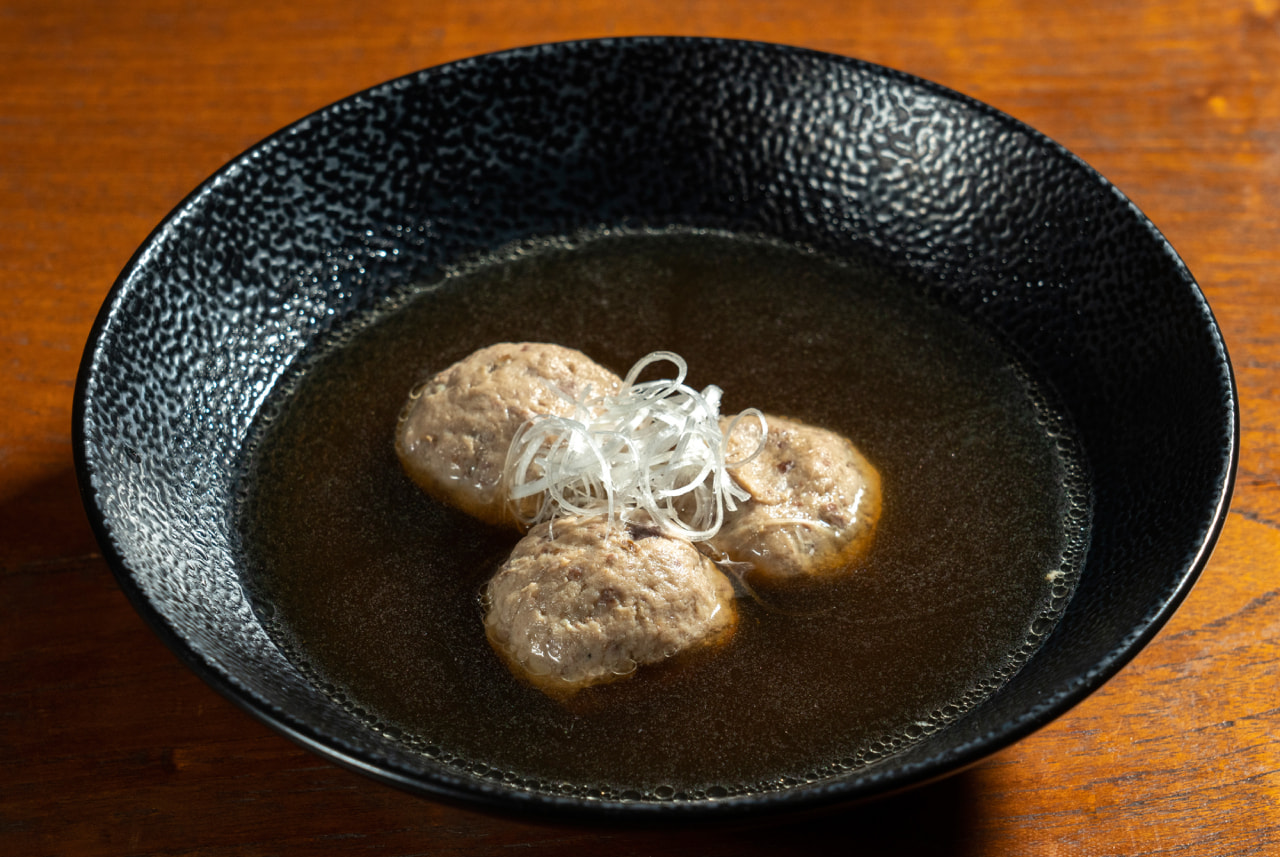
AREA_NAME
Kanto Area
PREF_NAME
Chiba
RECIPE_NAME
Iwashi no tsumire jiru
RECIPE_HEAD
Sardine food culture has a rich history and many traditions have taken root. One example is its association with the Setsubun festival which signifies the arrival of spring, welcomes good fortune, and repels demons from the home. Hiiragi iwashi is a grilled sardine head that is speared onto a thorny holly branch. This lucky amulet is used to decorate the front door or gate of the home. One theory is that the smell of the sardine and the spiny thorns of holly evergreen is a talisman against evil protecting the home. This tradition, passed down through generations, is customary in Western Japan and regions famous for harvesting sardines. This practice began in Chiba in prominent sardine fishing ports like Kujukuri and Choushi where the custom of hanging sardine and holly charms has been practiced since the Edo period (1603-1868).
Sardines are caught in abundance but the fish spoils quickly. The meat can be cooked or the fish can be butterflied open and air-dried to extend the shelf life. Tsumire jiru, also called dango jiru, was created as a way to enjoy sardines while extending the shelf life, if only for a little bit, before refrigeration existed. Sardines are rough chopped and put into a mortar and crushed with a pestle. The mixture is seasoned with ginger and sake and rolled into small round balls. The sardine balls are simmered in a kombu dashi broth with soy sauce. The easy to prepare iwashi no tsumire jiru is a familiar local dish in Chiba.
The key to make umami-rich tsumire is to use fresh sardines. Sardines are rich in inosinates, combined with kombu dashi and soy sauce glutamates, creating an umami-rich soup.
RECIPE_HEADEND
COOKING1
COOKING2
COOKING3
COOKING4

